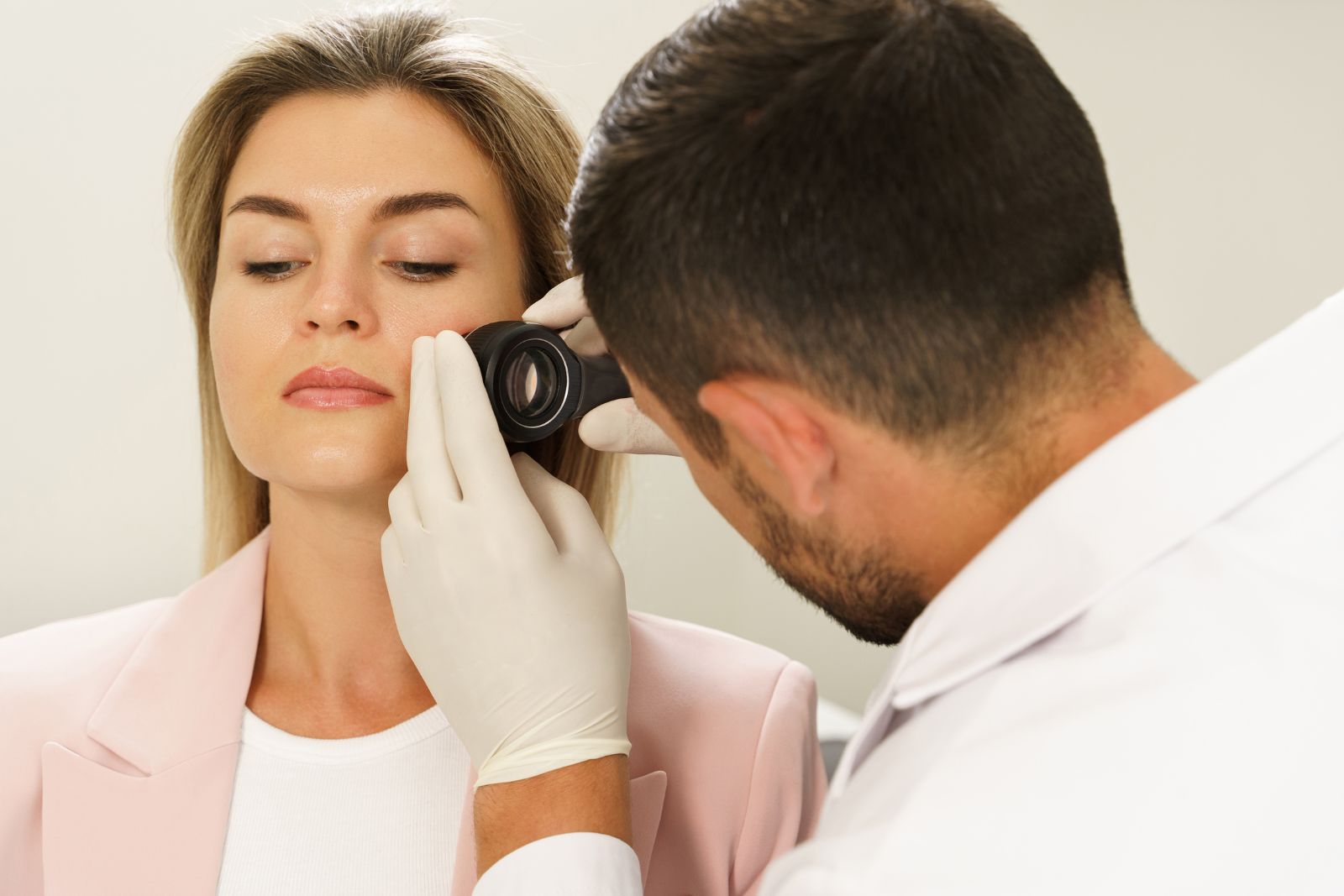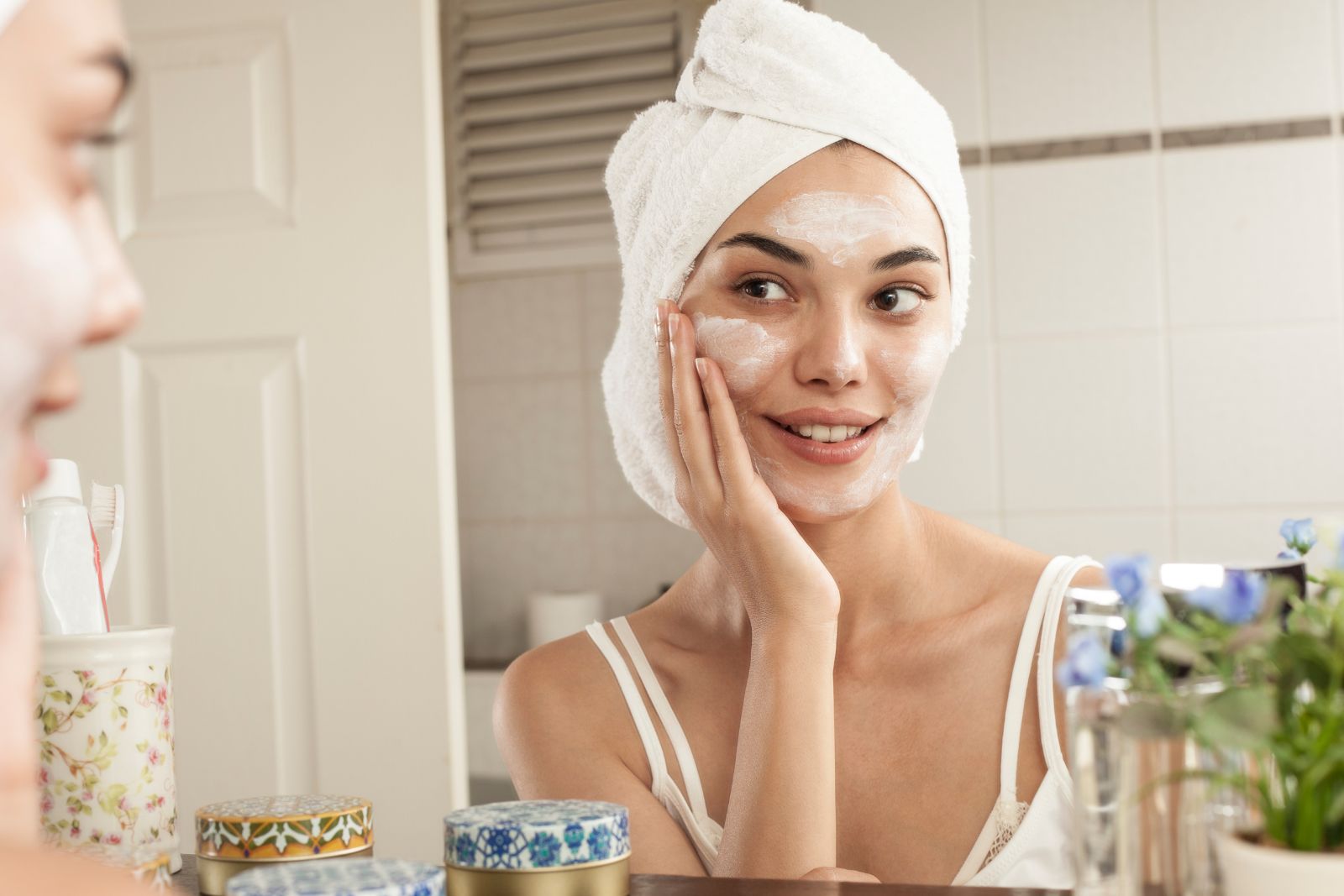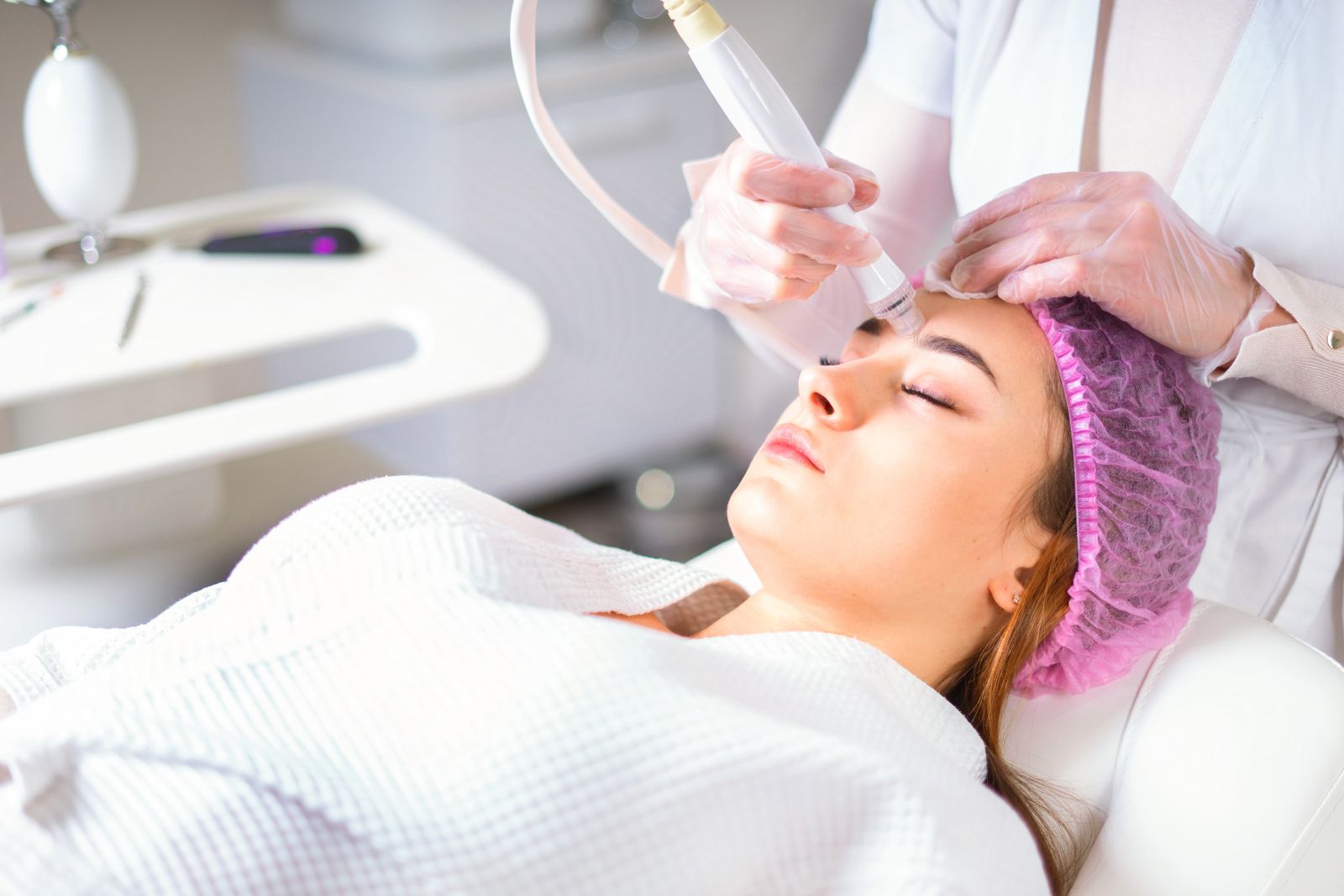Sun exposure, a seemingly benign element of daily life, has far-reaching implications for our skin health and overall well-being. This article delves into the topic of sun damage, a prevalent concern that transcends mere cosmetic issues, touching on the integral aspects of health and aesthetics.
Here, we introduce the concept of “Reversing the Clock” on skin damage – a comprehensive approach to not only treat but also prevent the adverse effects of sun exposure. In this exploration, we will touch upon various facets such as:
- Understanding the Science: Breaking down what sun damage is, and how it affects different layers of our skin.
- Prevention Techniques: Emphasizing the role of sunscreen, protective clothing, and lifestyle choices in mitigating sun damage and reducing the risk of skin cancer.
- Treatment Innovations: From topical treatments like glycolic acid to advanced procedures such as laser treatments and chemical peels.
Join us in this comprehensive guide to understanding, preventing, and treating sun-damaged skin, and discover how to turn back the hands of time for healthier, more resilient skin.

Navigating the Landscape of Sun-Induced Skin Damage
Sun damage, primarily caused by prolonged exposure to ultraviolet (UV) radiation, leads to visible and microscopic harm to the skin. The American Academy of Dermatology notes that most sun damage results from daily exposure rather than isolated sunburns, making it a cumulative concern.
Key types of sun damage include acute sunburns, premature aging (photoaging), and hyperpigmentation, like sun spots. Sunburns are the immediate sign, while UV exposure over time breaks down collagen, leading to wrinkles and uneven skin texture. Hyperpigmentation results from melanin overproduction due to UV exposure.
The long-term effects of sun exposure, especially the increased risk of various skin cancers including melanoma, are significant. The American Cancer Society emphasizes that UV radiation is a major risk factor for different types of skin cancer.
Protection strategies involve using products with sun protection factor (SPF), wearing protective clothing, and behavioral changes like seeking shade.
Next, we will explore the early signs and symptoms of sun damage, underscoring the importance of early detection and treatment to maintain long-term skin health.

Spotting the Early Red Flags: Recognizing Sun Damage Before It Deepens
In our previous discussion, we uncovered the causes and types of sun damage, emphasizing the critical role of protective measures and treatment options. Shifting our focus, we now delve into the early signs of sun damage, crucial for prompt intervention and mitigation of long-term effects.
Early indicators of sun damage include:
- Changes in Skin Texture: Look for increased roughness, dryness, or a leathery texture.
- Discoloration: Notice the emergence of brown spots, dark spots, liver spots, or uneven skin tone.
- Fine Lines and Wrinkles: Particularly around sun-exposed areas like the face and neck.
- Skin Tone Variations: Redness and broken capillaries in light skin tones; more noticeable hyperpigmentation in darker skin tones.

The importance of early detection:
- Reducing Skin Cancer Risk: Early intervention can significantly lower the risk of developing skin cancer, including melanoma.
- Maintaining Skin Health: Regular skin examinations help in spotting these symptoms promptly.
Key protective measures:
- Comprehensive Skin Care Routine: Incorporate broad-spectrum sunscreen, protective clothing, and skin care products like alpha-hydroxy acids.
- Regular Dermatological Check-Ups: Especially important for those with a history of significant sun exposure or skin cancer.
- Consistent SPF Application: An essential step in daily skincare routines.
The next section of our exploration will focus on the treatment options for sun damage. Here, we’ll discuss the effectiveness of various treatments and medical procedures meant to combat hyperpigmentation and wrinkles.

Revitalizing Your Skin: Combatting Sun Damage with Cutting-Edge Treatments
Following our exploration of the early signs and symptoms of sun damage, we now turn our attention to the various treatment options available. Addressing sun-damaged skin is crucial not only for aesthetic reasons but also to prevent further health risks, such as skin cancer.
Treatment methods for sun-damaged skin can be broadly classified into medical and at-home remedies:
- Topical Creams and Serums: These include products containing alpha-hydroxy acids, glycolic acid, and hyaluronic acid which help in skin exfoliation and rejuvenation, reducing the appearance of age spots and fine lines.
- Chemical Peels: Performed by professionals, chemical peels remove the damaged outer layers of skin, promoting collagen production and smoother skin texture.
- Laser Treatments: Laser skin resurfacing is highly effective in treating sun spots, uneven skin tone, and other signs of unprotected sun exposure by targeting the deeper layers of skin.
The effectiveness of these treatments varies based on the extent of sun damage and the individual’s skin type. For instance, laser treatments might offer more dramatic results in cases of severe UV damage, whereas topical treatments are often sufficient for milder cases.
New and emerging technologies are also reshaping the treatment of sun-damaged skin:
- Advanced Laser Treatments: These newer lasers can more precisely target damaged skin cells without affecting the surrounding healthy tissue.
- Photodynamic Therapy (PDT): This involves using a special light-activated solution that targets and destroys sun-damaged cells, proving effective in treating precancerous growths and early signs of skin cancer.
These innovative technologies are not only enhancing the effectiveness of treatments but also reducing recovery times and side effects, making them a preferred choice for many.
In the next section, we will introduce the range of procedures offered at Aesthetics MedSpa, demonstrating how we can help revitalize and protect your skin from the effects of sun damage.

Your Path to Radiant Skin: Discover Aesthetics MedSpa in Reno
In our comprehensive exploration of sun damage and its treatment, we’ve emphasized the critical importance of safeguarding your skin against the sun’s harmful effects. Now, we introduce you to Aesthetics MedSpa in Reno, dedicated to healing and revitalizing sun-damaged skin.
At our spa, we understand that each individual’s skin is unique, and its needs vary. That’s why we offer a wide range of services and treatments designed specifically to combat the effects of sun damage and promote healthy skin. Our commitment is to provide you with personalized care and treatment plans tailored to your skin type, concerns, and goals.
Our services include:
- Laser Skin Resurfacing: Utilizing advanced laser technologies, we can target and eliminate sun spots, uneven skin tone, and other signs of sun damage effectively.
- Chemical Peels: Our professionally administered chemical peels rejuvenate your skin by removing damaged outer layers, revealing a smoother, more youthful complexion.
Our expert team comprises skilled professionals with a deep understanding of skin health and the latest advancements in dermatological care. We work closely with you to create a tailored treatment plan that aligns with your objectives, ensuring that you achieve the best possible results.





